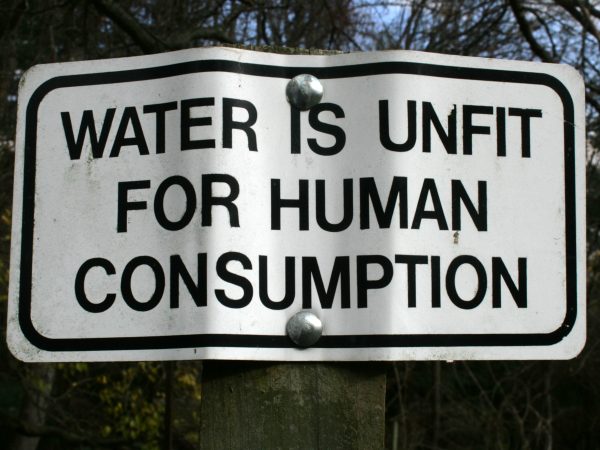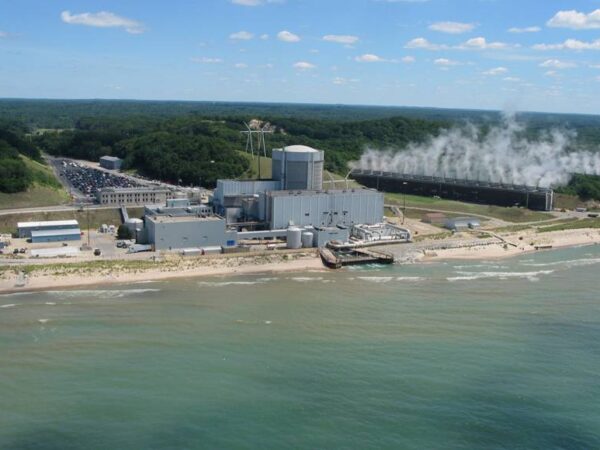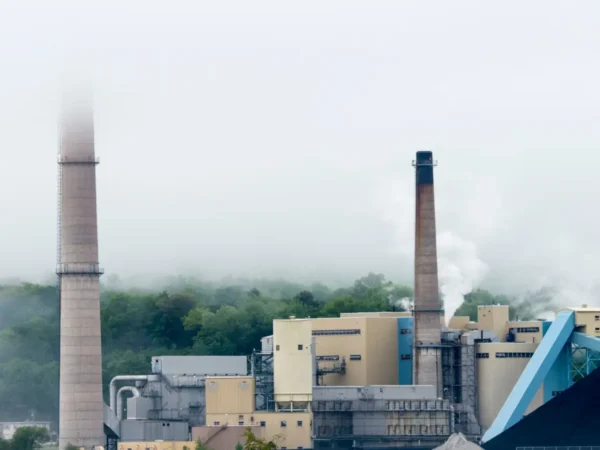
This article was republished here with permission from Planet Detroit.
By Brian Allnutt, Planet Detroit
- The Supreme Court Chevron decision overturned a federal law principle requiring courts to defer to agencies’ interpretations of ambiguous laws.
- The ruling could jeopardize federal rules designed to address things like PFAS pollution and greenhouse gas emissions.
- Michigan may be able to address some gaps created in federal regulations with state laws. Still, significant legislation is likely to be needed to replace the work done by federal regulators.
Last Friday, the U.S. Supreme Court overturned a principle of federal law that has guided U.S. regulation for four decades, shifting power from the executive branch to Congress and the courts.
By a 6 to 3 margin, the court voted to overturn the precedent set by Chevron v, Natural Resources Council in 1984, which found that courts should defer to agencies’ interpretations of ambiguous laws, so long as they are reasonable.
“Chevron’s presumption is misguided because agencies have no special competence in resolving statutory ambiguities,” wrote Chief Justice John Roberts. “Courts do.”
Experts say the move gives the courts sweeping power to decide questions that are often technical in nature, a move that could give businesses and their paid experts an advantage when challenging regulations. And several cases challenging federal regulators’ authority to cut greenhouse gas emissions from vehicles and power plants could benefit from the Chevron ruling.
“The majority’s decision today will cause a massive shock to the legal system, casting doubt on many settled constructions’ of statutes and threatening the interests of many parties who have relied on them for years,” Justice Elena Kagan wrote in her dissent, citing an earlier opinion.
In Michigan, the decision could change air and water permitting, where the U.S. Environmental Protection Agency delegates authority for carrying out federal laws to state regulators. For example, the state’s Department of Environment, Great Lakes, and Energy issues water quality permits for polluting facilities, which could be impacted if pollutants like PFAS are no longer federally regulated.
However, Michigan recently overturned its “no stricter than federal” law, giving legislators the power to make rules that are more protective than federal ones and giving the state a potential avenue to address regulatory gaps created by the Supreme Court’s decision.
Chevron ruling creates a ‘seismic shift’ for environmental regulation
Nick Schroeck, associate dean of experiential education at the University of Detroit Mercy Law School, told Planet Detroit that the ruling was a “seismic shift” in environmental rulemaking that failed to account for the rapid evolution of pollution sources and technologies for addressing them.
“It’s very difficult for the legislative process to identify every eventuality that might occur when you’re doing things like regulating air pollution,” Schroeck told Planet Detroit said. “It’s an unrealistic expectation that this whole system of regulation can work without a high functioning administrative state that is empowered to make some calls right and to use their expertise.”
Although Roberts said the ruling was intended to be forward-looking, Schroeck said it could open up many settled issues to challenges if litigants argue rules were derived from improperly interpreted statutes.
The Supreme Court may have just made these challenges more likely with another ruling on Monday, Corner Post v. Board of Governors of the Federal Reserve, which found that the six-year deadline for filing a lawsuit against a federal regulation begins when it first affects a company, not when the rule is issued.
David Coursen, a former Environmental Protection Agency attorney, said the Chevron decision gives courts responsibilities they are fundamentally unsuited for. He said courts should decide whether agencies have the power to make rules but shouldn’t second-guess those determinations.
“I don’t think courts are very well equipped to make those technical determinations and their clerks aren’t either,” he said.
Coursen added that the decision effectively undermines the authority of agency experts, who aren’t paid to arrive at a certain outcome, giving more power to experts hired by companies to argue against regulations.
PFAS regulations and climate action may be in danger
Several legal challenges are currently in play that could be influenced by the Chevron decision, many of them filed in the name of Republican-led states that accuse agencies of overstepping their authority in issuing regulations to curb greenhouse gas emissions. Some of these cases go after agencies that used the power given to them by the Clean Air Act, originally passed in 1970 and amended in 1990, to reduce emissions from vehicles and power plants.
Efforts to address toxic PFAS pollution may be another obvious target for litigation, according to Schroeck. The Environmental Protection Agency has regulated the so-called “forever chemicals” in surface water, using its powers under the Clean Water Act, legislation that doesn’t specifically mention PFAS.
However, Schroeck said that any law with some level of ambiguity could lead to a challenge that it has been misinterpreted by a federal agency.
“There’s ambiguity in anything,” he said. “But by and large, you’ve had agencies trying to do their job, which is to carry out the laws that Congress passed. And sometimes that does require making judgment calls and making expert opinions.”
Although some federal judges may make decisions with a more environmentally protective view, much of the work of advancing environmental and climate goals will now be in the hands of legislators. Getting new legislation through an often bitterly divided Congress is likely to be a challenge. Foundational environmental laws like the Clean Air Act and Clean Water Act were passed in the 1960s and 1970s when such efforts enjoyed bipartisan support.
However, Michigan may be better able to address gaps in federal regulations than some states. The state has a renewable energy standard to reduce planet-warming emissions from power plants and administers its own wetland program. Schroeck said that as long as state laws don’t conflict with federal ones, federal courts would be unlikely to interfere.
But at the federal level, Schroeck said that the Chevron decision has clawed back a significant amount of power from the administrative state and will take great effort to replace it.
“Pretty serious legislative work needs to be done by Congress in the next five to 10 years,” he said.
Catch more news at Great Lakes Now:
Inside is Not the Answer: Air quality in the Great Lakes
Featured image: PFAS foam on a beach near the decommissioned Wurtsmith Air Force Base in Iosco County, Mich. (Great Lakes Now Episode 1025)




